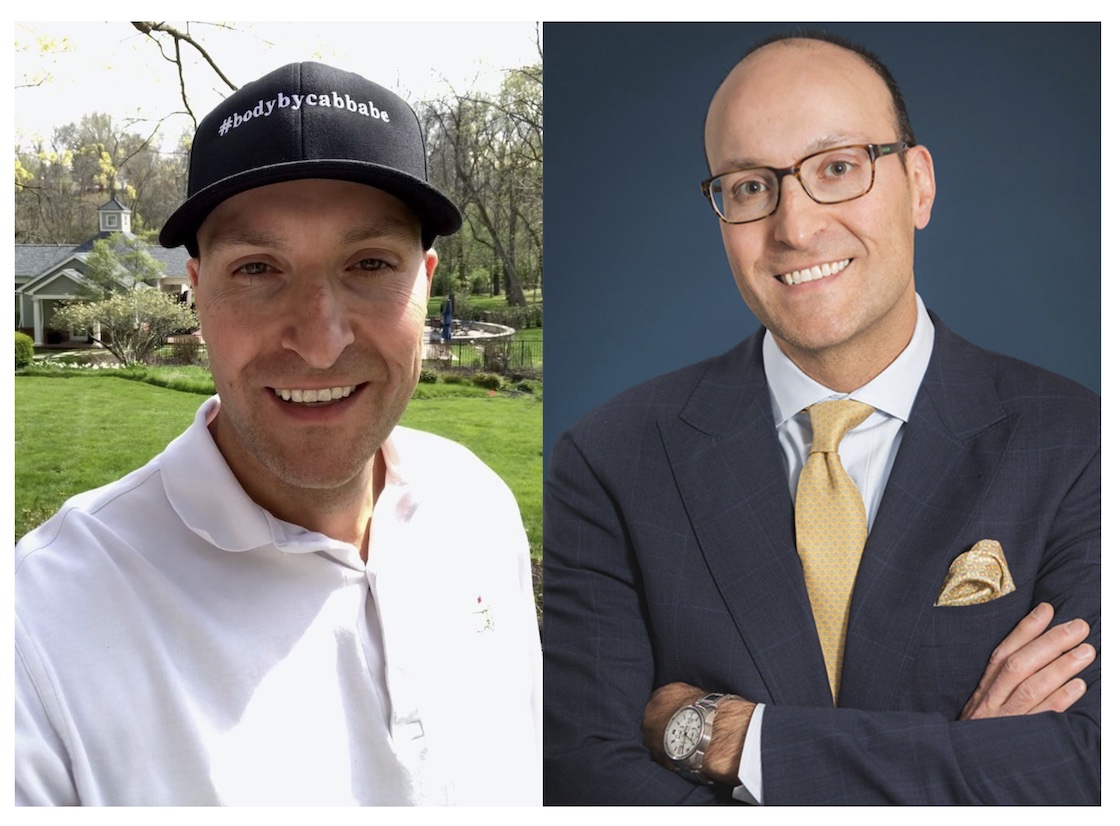Dr. Samer Cabbabe, a St. Louis board-certified plastic surgeon shared two tips that could mean the difference between dangerous or even deathly cosmetic work, and satisfactory results.
The St. Louis surgeon has previously gone on record to publicly discuss the dangers of Brazilian butt lift safety after the death of Joselyn Cano, who travelled to Colombia for the surgery in December 2020.
On April 23rd, speaking before a well-kempt lawn, the surgeon made impromptu but important remarks on the broader scope of safety in plastic surgery.
Cabbabe cautions patients to do three things:
Table of Contents
1. Ensure your surgeon is board-certified, and not just by any board.
The surgeon, himself board-certified, urges patients to use this website from the American Board of Plastic Surgery to ensure their own surgeon is also a currently certified member.
Cabbabe says that “just because they say they’re board-certified, doesn’t mean they’re board-certified by the American Board of Plastic Surgery,” and that they can be a board-certified cosmetic surgeon, which means they are actually only board-certified in general surgery.
“That’s not board-certified in plastic surgery. They’ve actually never had any formal training in plastic surgery.”
2. Verify hospital privileges.
Secondly, the surgeon advises patients to ensure that their surgeon of choice hold privileges at one or more nearby hospitals.
He cautions that patients ensure their surgeons not confuse the question, and clarifies that it means the surgeon can actually do the procedure the patient wants at a hospital—not that they can merely come see you at a hospital.
“Because if you have a complication during surgery,” Cabbabe says, “and they dial 911 and you’re outside a hospital and they transfer you to a hospital, your doctor may not be able to treat you at that hospital, or any hospital for that matter if they’re not board-certified.”
Some board-certified plastic surgeons choose not to hold hospital priveledge, he says, since privileges also put on call by the hospital should a surgeon be needed.
If you follow those two basic steps, you will ensure safety for your surgery, he says.
3. After a safety check, research results.
Once patients have verified the safety profile of their surgeon using the two steps above, they should research the surgeon’s past results.
Dr. Cabbabe says that research is a separate task for a patient to undertake.
“Research their before-and-afters, their reviews, and all of that,” he says, to make sure that you’re getting the result that you desire.”
If patients can’t find a plastic surgeon in their area who meets these criteria, the doctor advises they travel elsewhere, particularly for a larger surgical procedure.


